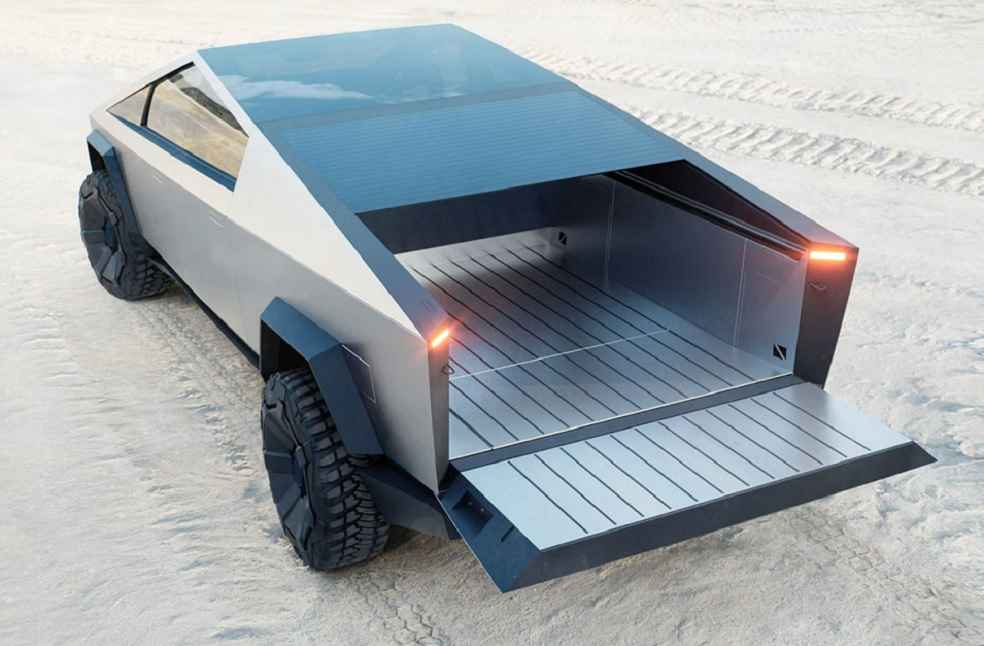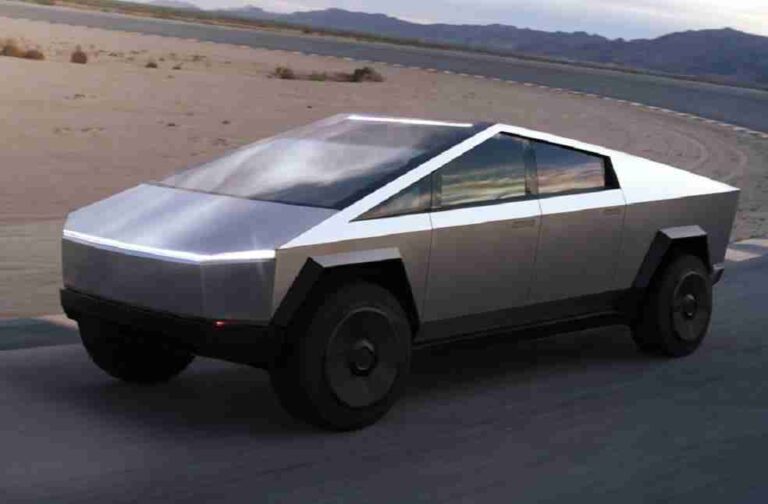Tesla’s Cybertruck, revealed by CEO Elon Musk in 2019, now faces a postponed delivery date to November 30. Originally poised to challenge the Ford F-150 with a lower price tag, the vehicle’s cost projections have surged, partly due to inflation and production complexities. Musk’s admissions of manufacturing challenges and the absence of specific details on Tesla’s order page amplify the uncertainty surrounding the Cybertruck’s final pricing, now anticipated to be around $60,000.
Ramping Up Production
Musk compared escalating Cybertruck production to Tesla’s previous struggles with large-scale manufacturing. Originally advertised with prices ranging from $39,900 to $69,900, Tesla confronts the reality of inflated production expenses. Musk’s recent announcement indicating a potential 18-month wait for volume production and significant cash flow from the Cybertruck adds to these difficulties. Tesla’s target to hit an annual production rate of 250,000 units by 2025 further highlights these obstacles.
Market Analysts’ Views
Analysts from firms like Jeffries question the viability of the Cybertruck project, citing delays, cost overruns, and resource diversion from other key vehicle segments. They speculate that Tesla’s shares might fare better if the Cybertruck were discontinued.

Material and Design Challenges
The Cybertruck’s unique stainless-steel alloy body presents distinct manufacturing challenges. Its corrosion-resistant nature and no-paint requirement are balanced by the complexities and expenses of shaping and welding this material. This heavier construction led to a shift towards an 800-volt architecture, a departure from the 400-volts powering Tesla’s other models, aimed at cost efficiency for heavier vehicles. The struggle to ramp up production of new 4680 batteries, crucial for the Cybertruck, adds another layer of complexity.
Demand Versus Price Considerations
The Cybertruck’s market success will likely depend on its ability to offer a competitive price, especially against the Ford F-150 Lightning, which starts near $50,000. Tesla’s advantage could lie in its pre-established demand, with Musk stating over a million reservations for the Cybertruck. This demand could sustain sales for years, assuming Tesla overcomes its production and cost barriers.

The journey ahead for Tesla’s Cybertruck is filled with technical and economic hurdles. While its launch delays and increased costs present formidable challenges, the vehicle’s robust market interest might prove to be its saving grace. Tesla’s ability to balance innovation with practical production strategies in the coming years will be crucial in determining whether the Cybertruck redefines the electric vehicle market or remains hindered by production realities.
LATEST | Volkswagen’s New China-Focused BEV Line Aims to Outshine Local Competitors





